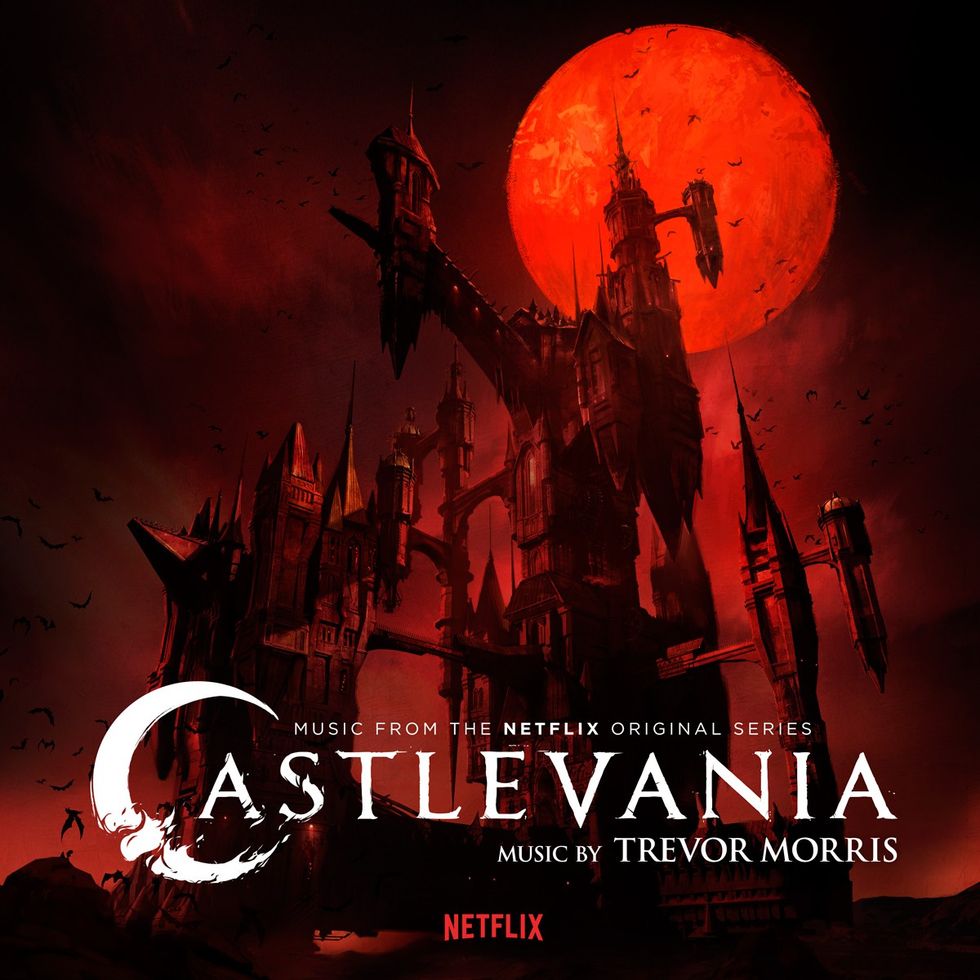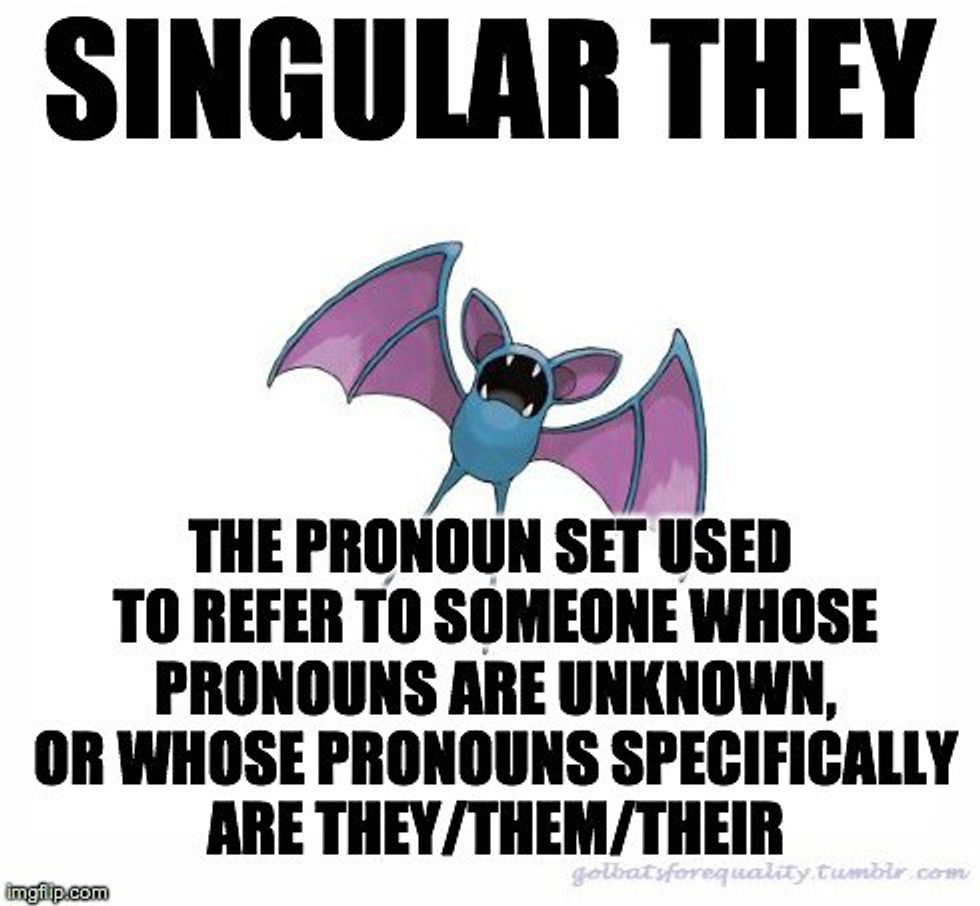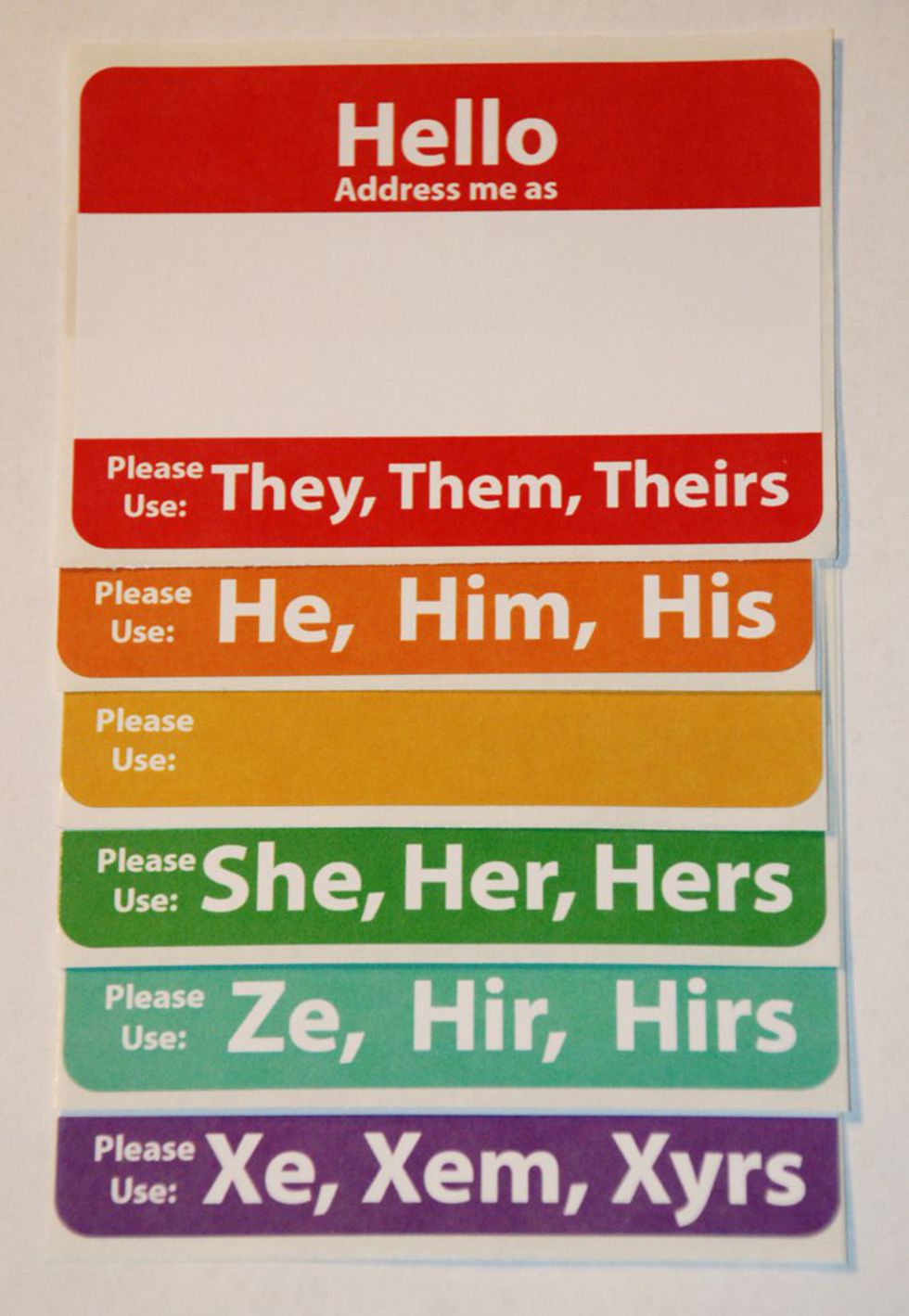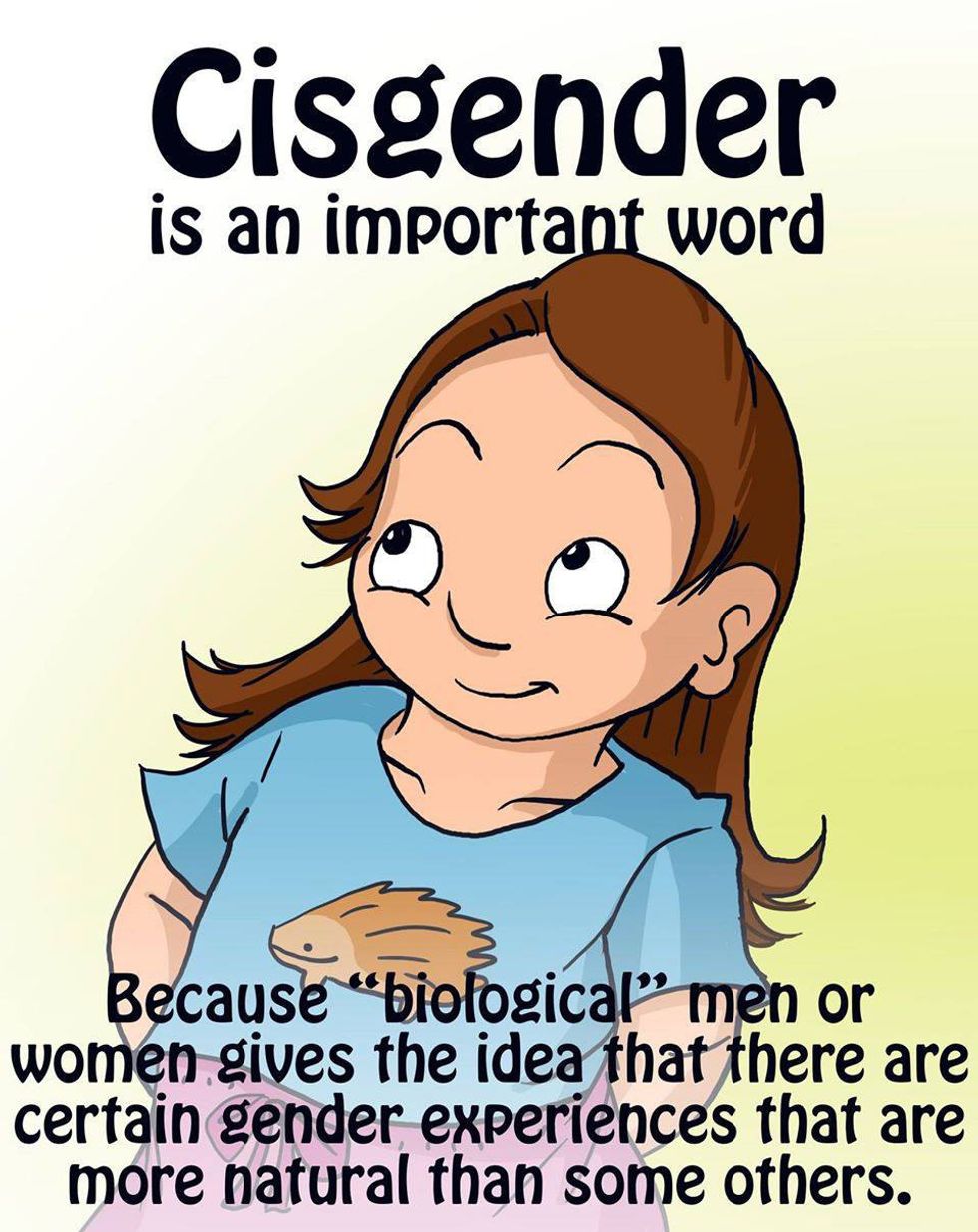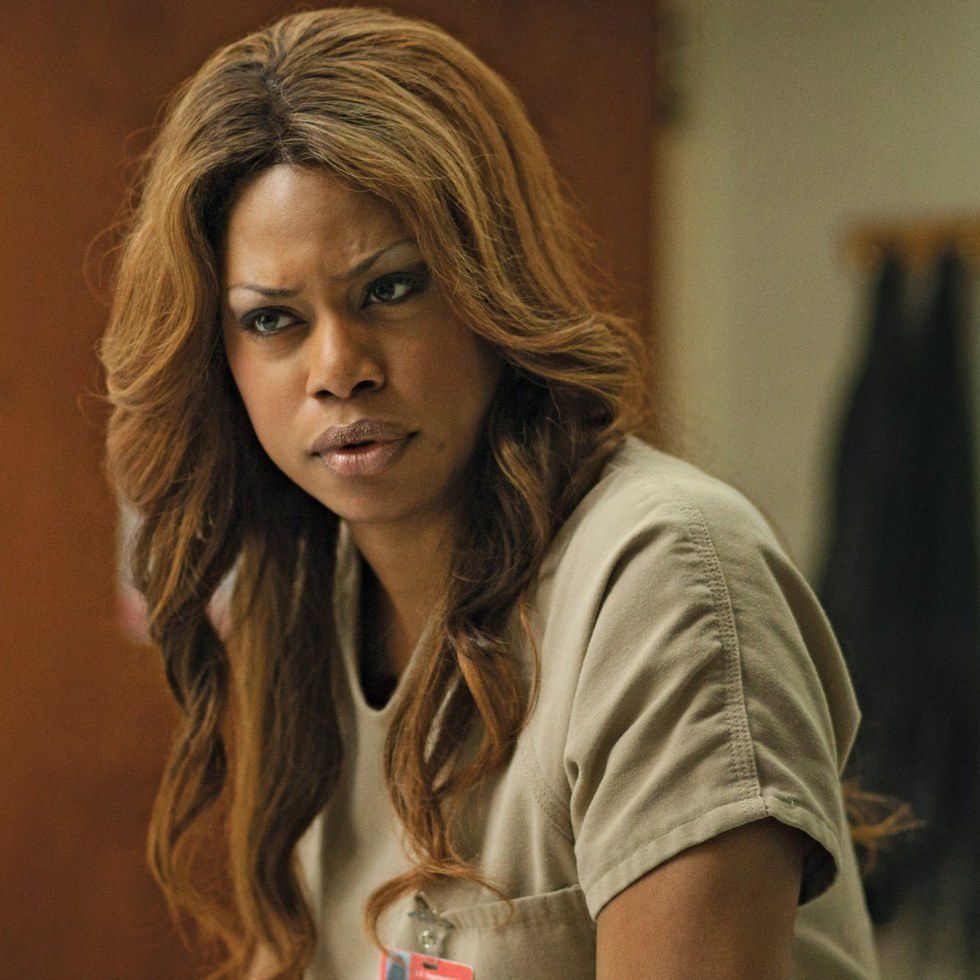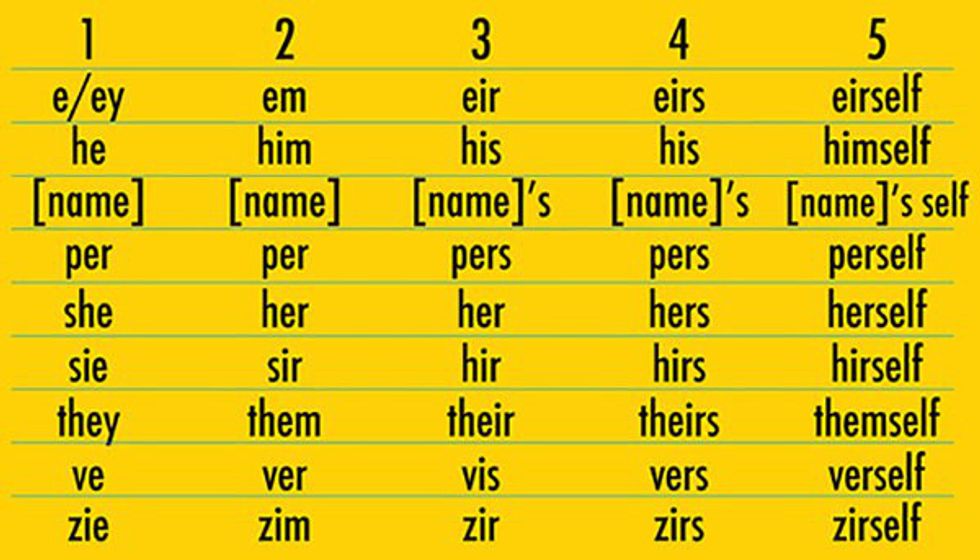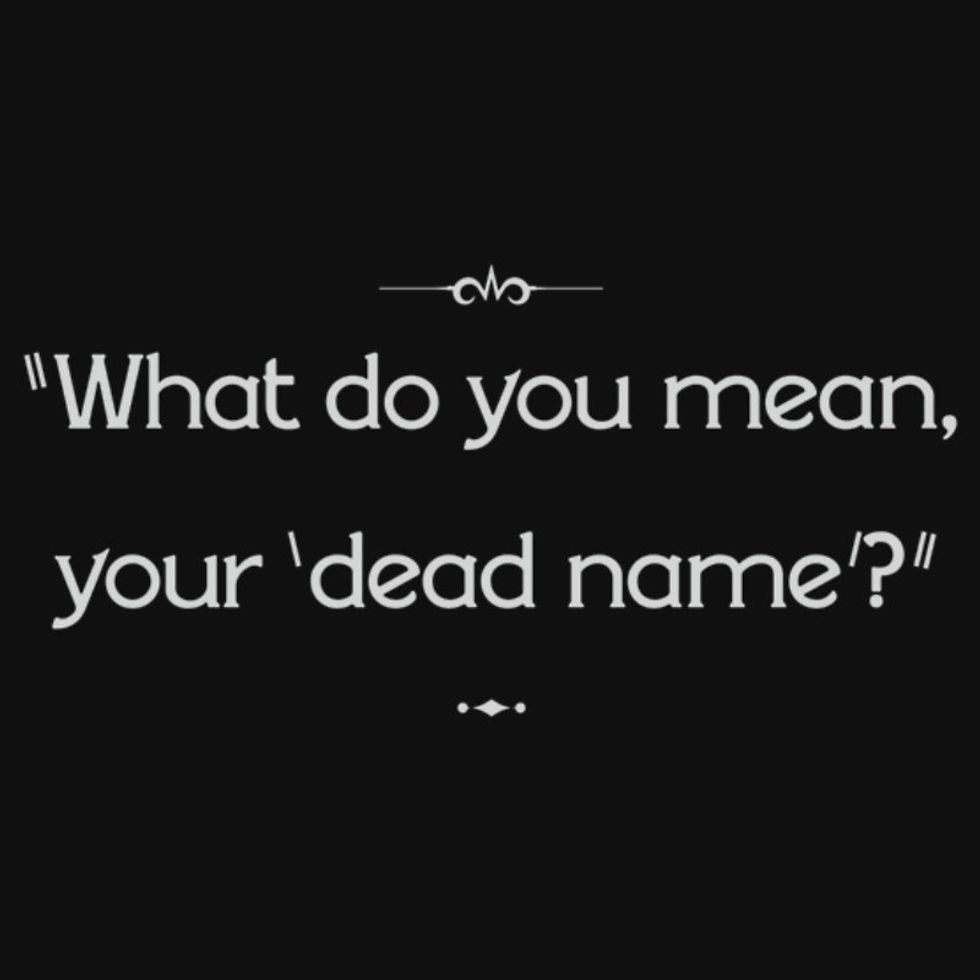When your biggest complaint about a new TV series is there wasn’t enough of it, then the creators have done something right. Such is the case for Netflix’s Castlevania, an animated, dark, gothic fantasy based on the long running video game franchise from Konami. After nearly two decades of terrible video game adaptations Netflix proves once again there isn’t anything they can’t do. Hollywood needs to take notes, fast.
The story follows Trevor Belmont, a vampire hunter in exile who’s content with just getting by. Trevor is soon forced out of retirement when Dracula has unleashed his hordes of evil on the nation of Wallachia. The story for this series follows the events of Castlevania 3: Dracula’s Curse, originally released for the Nintendo (NES). The original game had very little story beyond its basic setup and a few lines of dialogue (and whatever was written in the game manual). The overall premise of the show is also simple, but that’s not a bad thing.
One of the biggest issues with video game adaptations is telling a cohesive story. When adapting a long and detailed video game the writers usually will either overcomplicate the story or water it down. But Castlevania is simple enough (with a specific style and ascetic) to build a story around. It’s much easier to work with less and that’s exactly what writer Warren Ellis did. Ellis was able to craft a tight narrative with compelling characters and surprising historical context. Fans of Ellis will be pleased and newcomers will find it easily accessible. There is even some humor inserted in there to balance out some of the darker bits.
Make no mistake, this adaptation is very dark. Violence is stylish but brutal, with its fair share of blood and lost limbs. This very much earns its R rating, and the violence will not be for the squeamish. Despite this mature take on the source material it’s actually often restrained. The violence is used quick and sparingly, never lingering long enough to overstay its welcome. For a viewer like me that doesn’t enjoy mindless blood fests this made getting into the series much more welcoming. Gore veterans might want a little more blood but what’s there will satisfy.
The voice work is amazing, featuring a mostly British cast which fits well with the European setting. The standouts here are Richard Armitage, Graham McTavish, and Alejandra Reynoso. Armitage brings a sarcastic and gruff performance to Trevor. Trevor might be another reluctant hero but Armitage makes him so likeable you won’t care. Dracula has been done many times but McTavish balances the character out. Whether it’s a fit consumed with rage or a subtle humanizing interaction, this version of Dracula is well layered.Reynoso’s Hispanic accent is an interesting juxtaposition with the rest of the cast in portraying the kind but fiery Sypha.
The animation, although simple, is quite beautiful and clean. The visuals are dark and brooding, with really great color direction. The main characters themselves even share a color palette similar to their sprites from the original game series. The animation seems to take influence from anime but has more of a western feel. It’s very accessible and feels like an anime designed for people who may have been turned off by that style.
My only criticism about this adaptation is that it’s too short. There are only four episodes this season, averaging about 23 minutes each, totaling to just under 100 minutes. What this amounts to is essentially a beginning of a larger story. There have been many other complaints from other reviewers, most notability the lack of development of certain characters and not enough of the grim situation in Wallachia. But from what I’ve seen, almost every criticism is a product of this season’s length. There simply not was enough time to get everything in.
I actually understand the logic behind having such a short first season. Video game adaptations are hard. How do you live up to the expectations of the fans without turning off the average viewer? Netflix knew they were taking a risk so making a short season is a smart business move (they could cancel it without much loss if it had failed). But the short length also means that binge watching it on impulse would be more natural for their viewers. It’s much easier to invest your time in four episodes where the average TV season is no less than 10 (and as high as 22 in some instances).
Back in 2015 Dead Rising: Watchtower was released and for its time it was notably a slightly better video game adaptation. Online streaming service Crackle had created the film instead of Hollywood, and it was noticeable. Though Watchtower wasn’t a great film, it was still fun and captured the spirit of its source material. It was that moment that I realized that online streaming services had a better chance at doing video game adaptations justice. I just never knew my theory would be proven right only two years later by Netflix.
Castlevania is truly the first great video game adaptation to ever be released. A second season with eight episodes is currently in the works and hopefully the creators will keep this momentum up. With Warren Ellis as the writer I have confidence this adaptation will succeed, but I want more than that. I want Netflix’s Castlevania to pave the way for greater video game adaptations in the years to come, unrestrained by Hollywood’s executive meddling. I want to enjoy the highest potential these adaptations can reach and be free from an era that has been dominated by Uwe Boll and Paul W.S. Anderson.
